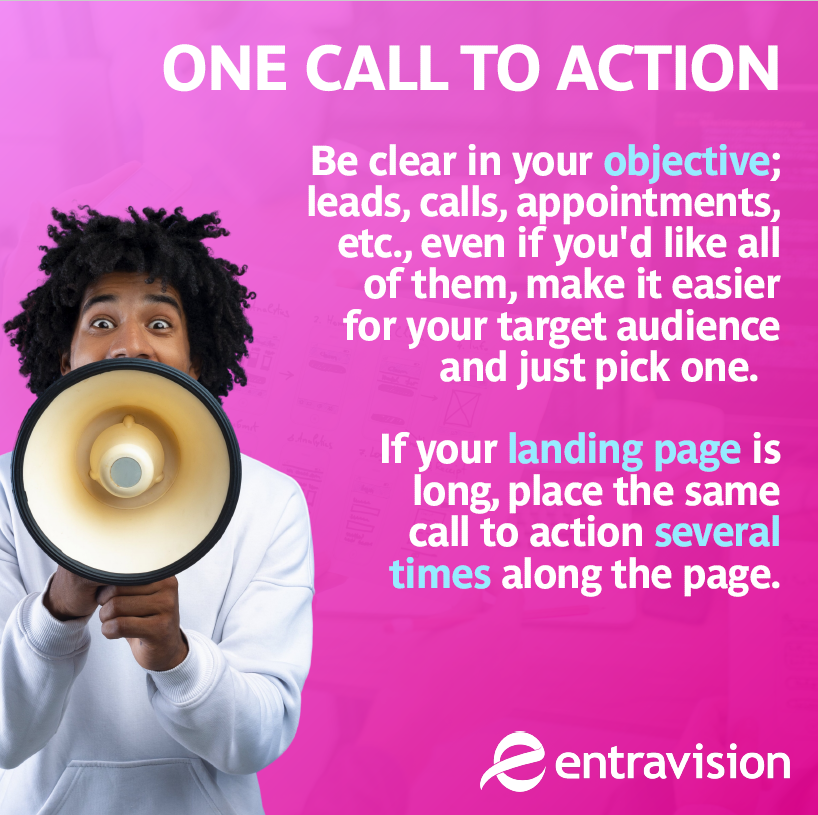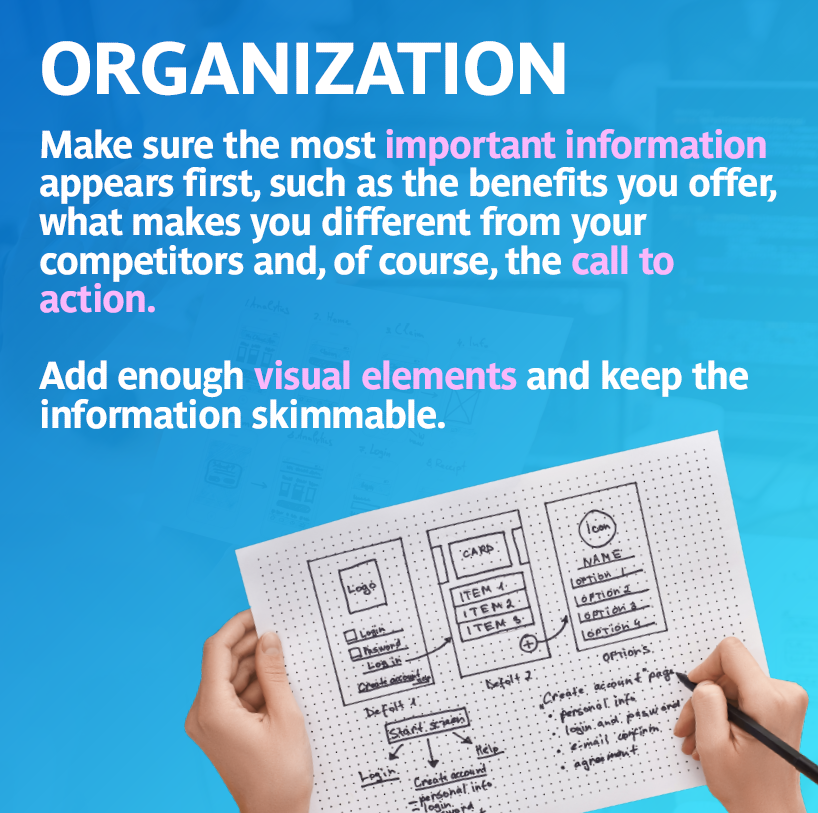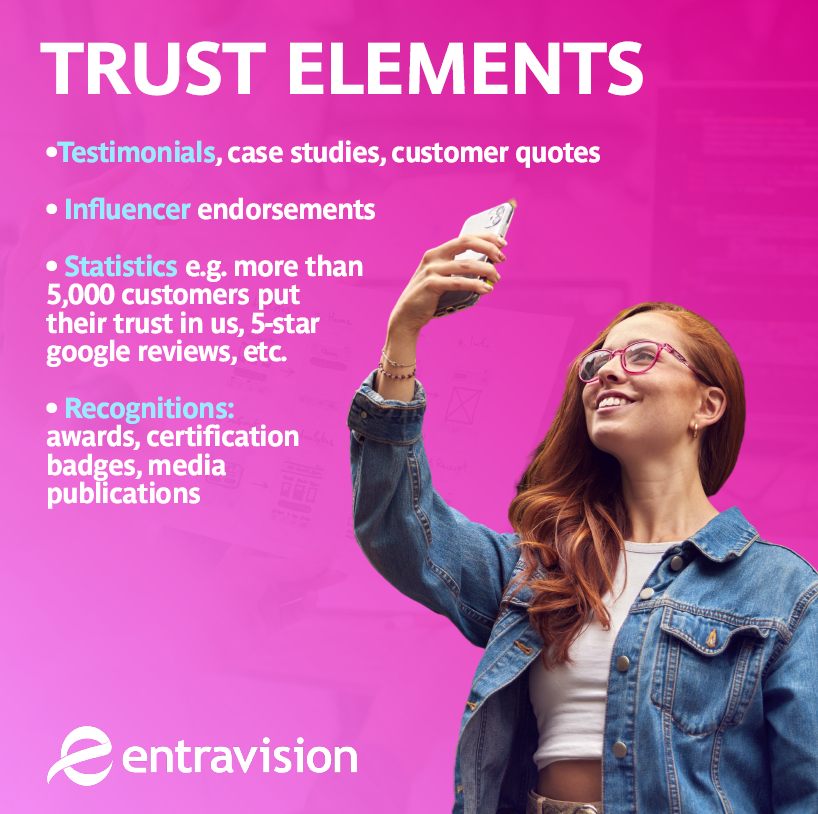3 Key Ways to Optimize Your Landing Page for Maximum Conversions
A landing page is a critical component of any successful online marketing campaign. It serves as the gateway for potential customers to enter your sales funnel and take the desired action.
To ensure your landing page is optimized for maximum conversions, it's essential to focus on three key areas: having one clear call to action, organizing information effectively, and incorporating trust elements. In addition, basic optimization techniques such as mobile optimization and A/B testing can significantly improve your landing page's performance.
In this blog post, we'll delve deeper into these strategies and provide actionable tips for implementing them.
1. One Call to Action:
The first step in optimizing your landing page is to have one clear and compelling call to action (CTA).
When visitors arrive at your page, they should immediately understand what action they need to take. Whether it's filling out a form, making a call, scheduling an appointment, or any other desired outcome, keep it simple and focused. Offering multiple CTAs can confuse visitors and dilute the effectiveness of your page.
If your landing page is long, it's a good idea to place the same call to action at strategic points throughout the page.
By repeating the CTA, you increase the chances of capturing the attention of visitors who might have initially missed it. However, be cautious not to overdo it and make the page look spammy. Strike the right balance to ensure your CTA is prominent and consistently emphasized.

2. Organization:
Effective organization is crucial for guiding visitors through your landing page and highlighting the most important information.
- Begin by structuring your page in a logical flow that aligns with the visitor's thought process.
- Start with a compelling headline that captures attention and clearly states the benefits you offer.
- Next, provide supporting information that sets you apart from your competitors.
Focus on unique selling points, key features, and customer benefits. Use bullet points, subheadings, and visual elements to make the information easily scannable. This helps visitors quickly grasp your value proposition and decide whether to engage further.
Remember to keep the most critical elements, such as benefits and the call to action, above the fold. This ensures that visitors can access essential information without scrolling.
Additionally, use visual elements strategically, including relevant images or videos that enhance the overall user experience and reinforce your message.

3. Trust Elements:
Building trust with your visitors is paramount to increasing conversions on your landing page. Incorporate trust elements that provide social proof and credibility. Here are a few examples:
- Testimonials, case studies, and customer quotes: Display positive feedback from satisfied customers to instill confidence in your brand. Include testimonials that highlight specific results or benefits experienced by previous customers.
- Influencer endorsements: If relevant to your industry, leverage influencer endorsements to further establish trust. Collaborate with influencers who align with your brand values and have a significant following to amplify your credibility.
- Statistics: Use statistics to showcase the scale of your success. Highlight the number of satisfied customers, positive reviews, or any other relevant data that demonstrates your expertise and reliability.
- Recognitions: Display any awards, certifications, or media publications that your business has received. These external validations can greatly enhance trust and credibility.

Basic Optimization:
In addition to the three key strategies mentioned above, it's crucial to implement basic optimization techniques to enhance user experience and increase conversions on your landing page. Here are two fundamental optimization practices:
- Optimize for Mobile Devices: With the increasing use of smartphones, it's vital to ensure your landing page is mobile-friendly. Responsive design is essential to provide a seamless experience across different devices. Test your landing page on various mobile devices to ensure all features, including the call to action, are easily accessible and visually appealing.
- A/B Testing: To maximize the effectiveness of your landing page, conduct A/B tests to compare different elements and variations. Test one element at a time, such as copy, colors, call to action, images, or content layout, to identify what resonates best with your audience. Analyze the results and make data-driven decisions to optimize your page further.

Optimizing your landing page is vital to drive conversions and achieve your marketing goals. By implementing the strategies mentioned above, you can create a highly effective landing page that engages visitors, guides them toward a clear call to action, and instills trust in your brand. Remember to continuously monitor and analyze the performance of your landing page and make iterative improvements based on user feedback and data. With consistent optimization efforts, you can achieve higher conversion rates and unlock the full potential of your marketing campaigns.













